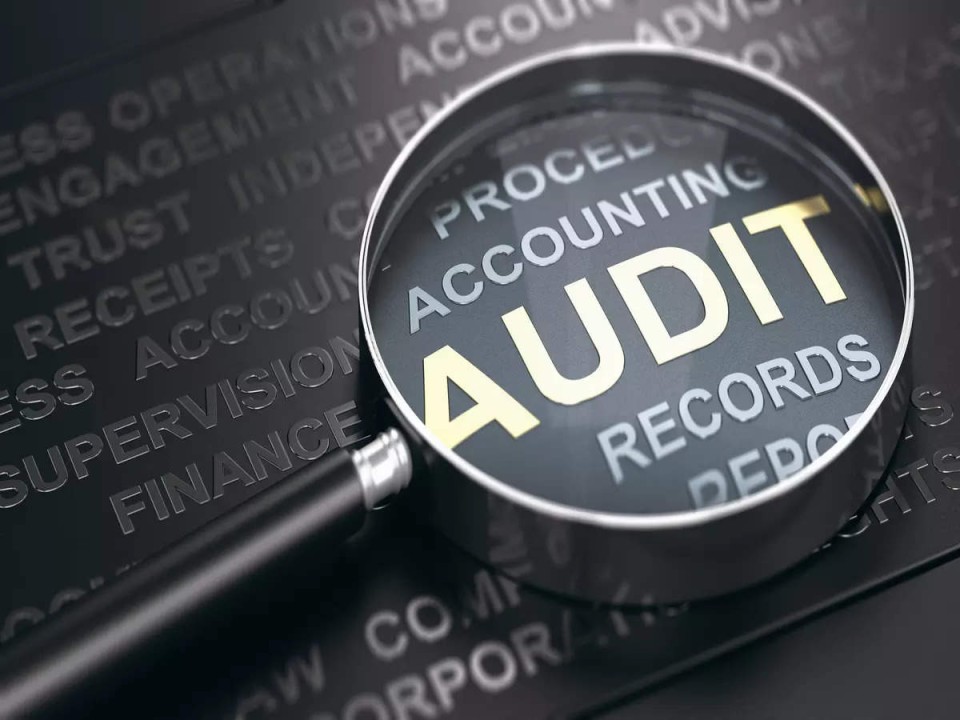
Demystifying the Audit Process: A Comprehensive Guide Based on International Auditing Standards
Muhammad Hamza A.
Chartered Certified Accountant | Financial Analysis and Reporting Specialist l Development Sector Expert | Silver Medallist | Fellow Member of ACCA
Introduction:
The audit process is the cornerstone of financial transparency and accountability in the corporate world. It ensures that financial statements are reliable, accurate, and free from material misstatements. This article provides a detailed insight into the audit process, covering planning, field assessment, and finalization, all aligned with the International Auditing Standards (IAS).
1. Audit Planning: The Foundation of a Successful Audit
a. Understanding the Business Environment:
b. Risk Assessment:
c. Developing an Audit Plan:
2. Field Assessment: Executing the Audit Plan
a. Internal Control Evaluation:
领英推荐
b. Substantive Procedures:
c. Audit Sampling:
d. Communication with Management and Board:
3. Finalization and Reporting: Bringing the Audit to a Close
a. Subsequent Events:
b. Completion and Documentation:
c. Financial Statement Assertions in Audits:
Conclusion: Upholding the Integrity of Financial Reporting
In adherence to International Auditing Standards, the audit process serves as a vital assurance mechanism. By meticulously planning, executing comprehensive field assessments, and finalizing audits with attention to detail and adherence to financial statement assertions, auditors contribute significantly to the integrity and reliability of financial reporting. Adapting to evolving standards and technological advancements, auditors continue to play a pivotal role in maintaining trust and transparency in the global business landscape.